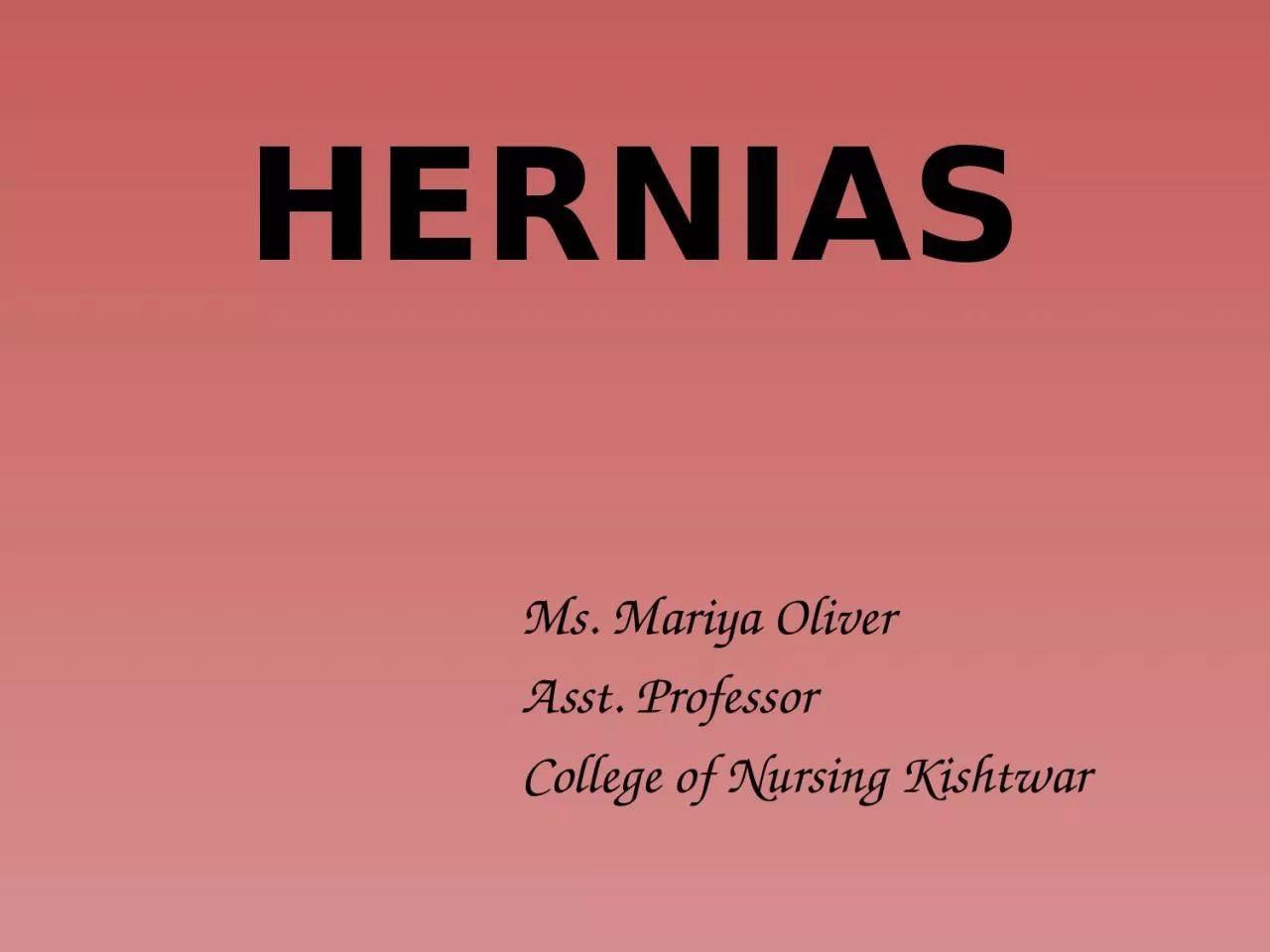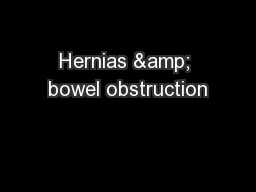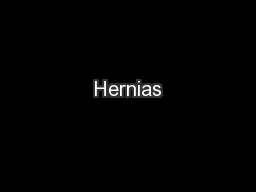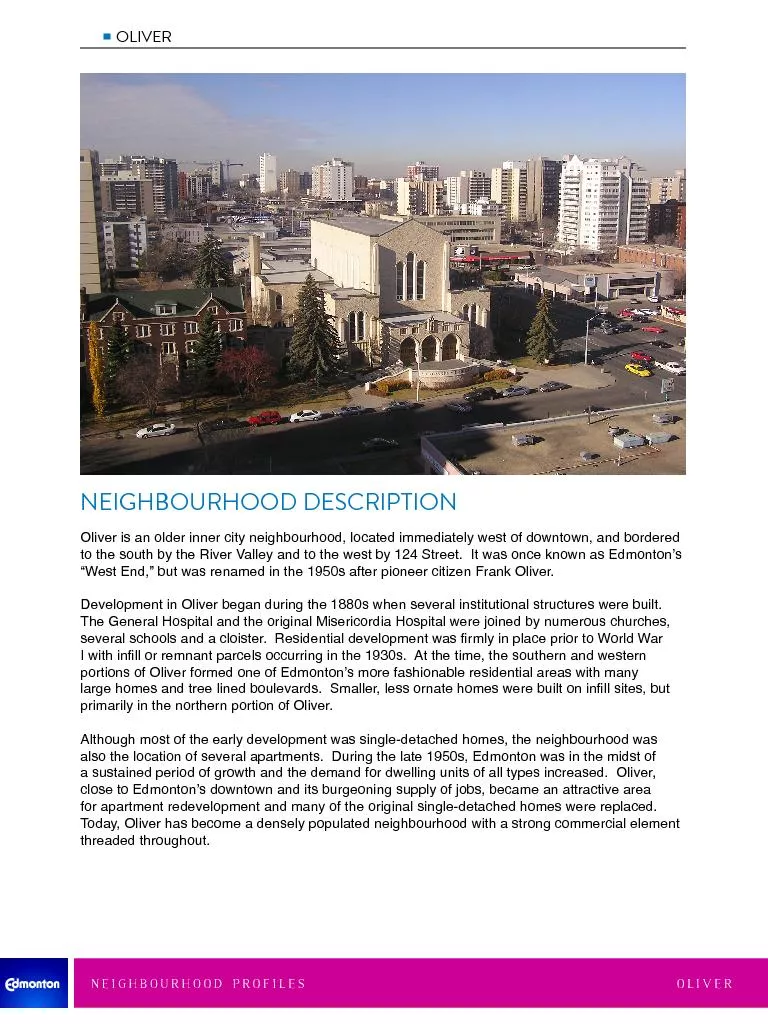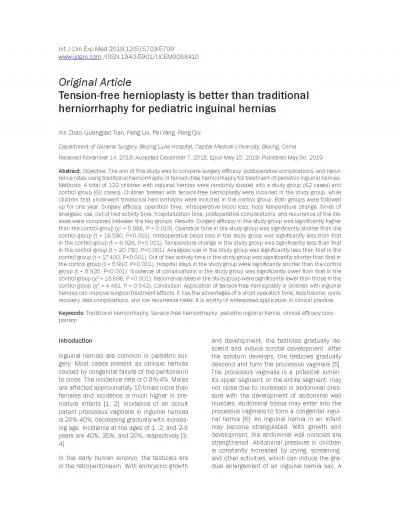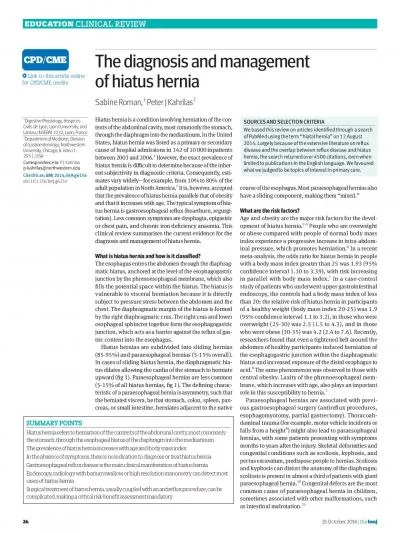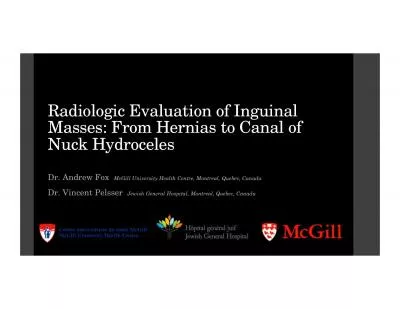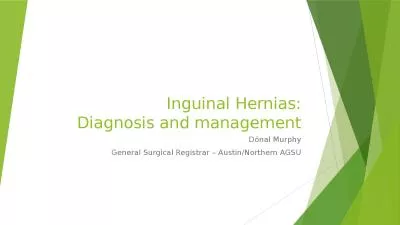PPT-HERNIAS Ms. Mariya Oliver
Author : scarlett | Published Date : 2022-06-11
Asst Professor College of Nursing Kishtwar On a piece of clothing a loose seam will be prone to tear make it too tight and it will restrict movement What is a
Presentation Embed Code
Download Presentation
Download Presentation The PPT/PDF document "HERNIAS Ms. Mariya Oliver" is the property of its rightful owner. Permission is granted to download and print the materials on this website for personal, non-commercial use only, and to display it on your personal computer provided you do not modify the materials and that you retain all copyright notices contained in the materials. By downloading content from our website, you accept the terms of this agreement.
HERNIAS Ms. Mariya Oliver: Transcript
Download Rules Of Document
"HERNIAS Ms. Mariya Oliver"The content belongs to its owner. You may download and print it for personal use, without modification, and keep all copyright notices. By downloading, you agree to these terms.
Related Documents

